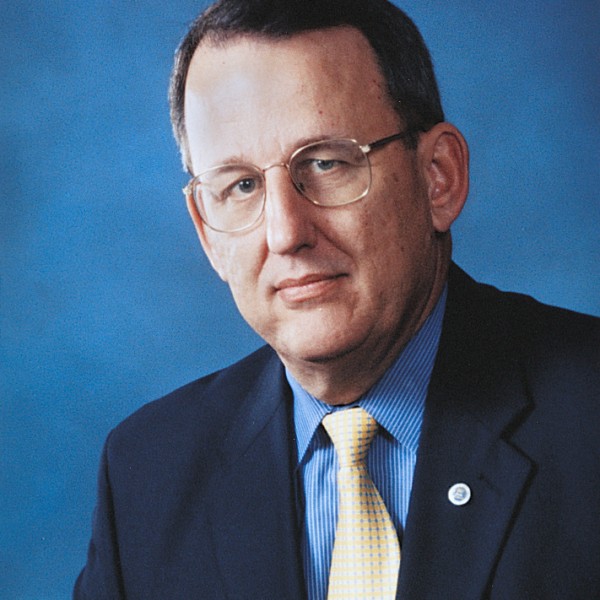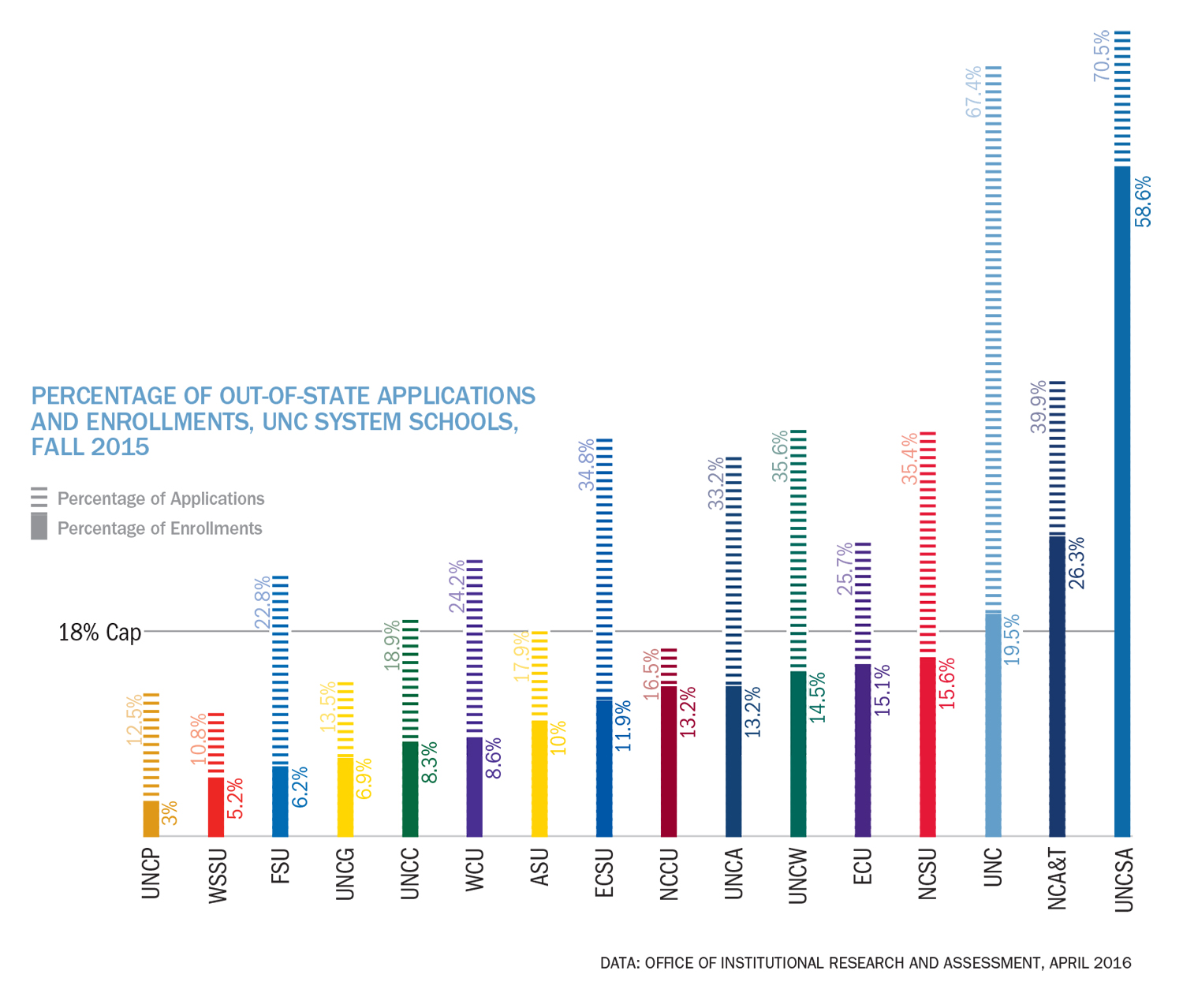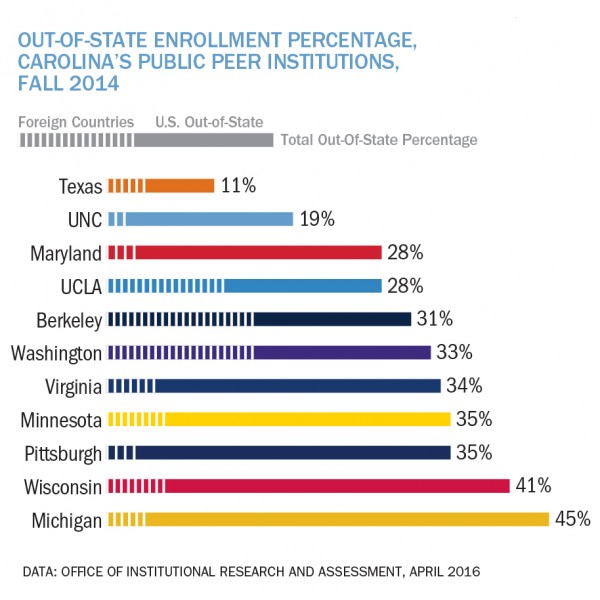- Membership
- Perks and Discounts
- Things To Do
- Resources
- News
- About
- Shop
Related Content
Respectfully Listening and Hearing
March 21, 2023
The Review asked GAA president Doug Dibbert ’70, who is retiring, to choose one “Yours...
Read MoreA Year of Transitions
Feb. 1, 2023
Carolina alumni and friends should remain proud of Carolina’s achievements, resolute about our challenges, saddened...
Read MoreIt’s Time — Thank You
Nov. 11, 2022
Several months ago, then-GAA-Board Chair Dana Simpson ’96 (’00 JD) and I discussed what may...
Read More-
2024
-
2023
-
2022
-
2021
-
2020
-
2019
-
2018
-
2017
-
2016
-
2015
-
2014
-
2013
-
2012
-
2011
-
2010
-
2009
-
2008
-
2007
-
2006
-
2005
-
2004
- Academics and Athletics
- Admissions
- Alumni Profiles
- Alumni Recognition
- Around Town
- Arts
- Books
- Campus Profile
- Campus Safety
- Carolina Alumni Awards
- Carolina Alumni Leadership
- Carolina Alumni Programs and Outreach
- Carolina Alumni Reunions
- Carolina Alumni Review
- Celebrations
- Championships
- College and Costs
- Commencement
- Coronavirus
- Discovery
- Extracurricular
- Faculty
- Faculty Awards
- For the People
- Go Heels
- Greek Life
- Hark the Sounds
- Higher Education
- Homecoming
- In Class
- In Memoriam
- Innovation and Technology
- Issues
- Object Lesson
- On View
- Our Treescape
- Philanthropy
- Podcast
- Public Service
- Race and Reckoning
- Research
- Sexual Assault
- Silent Sam
- Sports
- Structures
- Student Achievement
- Students
- Timelines
- Tuition and Financial Aid
- UNC Libraries
- UNC’s History
- Undergraduate Spotlight
- University Achievements
- University Awards
- University Budget Issues
- University Development
- University Leadership
- University News
- University Rankings
- What We Do
- Who We Are
- Young Alumni
- Yours at Carolina
Where Tar Heels Are Born and Bred
Posted on April 26, 2016Recent news about the UNC System’s 18 percent cap on out-of-state admissions for first-year undergraduates may prompt some to wonder about how and why this cap came about. Carolina exceeded the cap for two years in a row and, as a result, in March was assessed a fine by the Board of Governors.

Douglas S. Dibbert ’70
Looking back at how the cap has evolved may be helpful as well as looking at how Carolina’s experiences with admissions compare with other universities in the UNC System and with our national peers.
The University started limiting out-of-state admissions in 1946, when a 15 percent cap was imposed on UNC, N.C. State and Woman’s College (now UNC-Greensboro). Richard Cashwell ’59 recalls the cap still was 15 percent when he became director of Carolina’s Office of Undergraduate Admissions in 1964.
Cashwell also remembers there were exceptions. Applicants living out of state who were born in North Carolina or whose parents had attended UNC-G, N.C. State or Carolina were not counted toward the 15 percent cap. By the late 1980s, the exceptions for those who were born in North Carolina or whose parents had attended N.C. State or UNC-G had been removed. Exceptions for out-of-state alumni children continued until the late 1980s, when the Board of Governors was prompted to establish a hard cap of 18 percent after Elizabeth City State exceeded 30 percent out-of-state first-year students.
 Today, of all of the UNC System’s 16 universities, the cap truly affects only Carolina, as you can see in the chart above. (For some years, exceptions to the out-of-state cap have been granted for the School of the Arts and for engineering students entering N.C. A&T.) The system’s overall out-of-state average for the other 14 universities is 13.3 percent, and only Carolina, UNC-Wilmington, East Carolina and N.C. State exceed that average.
Today, of all of the UNC System’s 16 universities, the cap truly affects only Carolina, as you can see in the chart above. (For some years, exceptions to the out-of-state cap have been granted for the School of the Arts and for engineering students entering N.C. A&T.) The system’s overall out-of-state average for the other 14 universities is 13.3 percent, and only Carolina, UNC-Wilmington, East Carolina and N.C. State exceed that average.
 All public universities have a responsibility to help carry out their state’s mission in higher education, but it’s notable that among Carolina’s public peers — a distinction determined by the UNC System — and noted in the chart below, Carolina has a comparatively high percentage of entering first-year students who are in-state residents. (And, although seen as a global university, it has a relatively low percentage of foreign students, chiefly because of the cap.) Across the country, including North Carolina, the brightest high school graduates have many attractive options of where to enroll, and they are all eager to learn with and from other bright students. At Carolina, there are now twice as many out-of-state applications as in-state, and the system’s 18 percent cap means competition is particularly fierce for out-of-state students to be admitted to Carolina.
All public universities have a responsibility to help carry out their state’s mission in higher education, but it’s notable that among Carolina’s public peers — a distinction determined by the UNC System — and noted in the chart below, Carolina has a comparatively high percentage of entering first-year students who are in-state residents. (And, although seen as a global university, it has a relatively low percentage of foreign students, chiefly because of the cap.) Across the country, including North Carolina, the brightest high school graduates have many attractive options of where to enroll, and they are all eager to learn with and from other bright students. At Carolina, there are now twice as many out-of-state applications as in-state, and the system’s 18 percent cap means competition is particularly fierce for out-of-state students to be admitted to Carolina.
Two more points to consider: The out-of-state students who reach Carolina inevitably enrich the education of our in-state students. And for each of the two years that Carolina exceeded the 18 percent cap, more North Carolina resident students enrolled than the year before. As Steve Farmer, vice provost for enrollment and undergraduate admissions, notes about UNC’s entering classes, when averaged over the past 10 years, they are “more than 82 percent North Carolinian.”
Yours at Carolina,

Douglas S. Dibbert ’70
doug_dibbert@unc.edu
© 2024 Carolina Alumni
